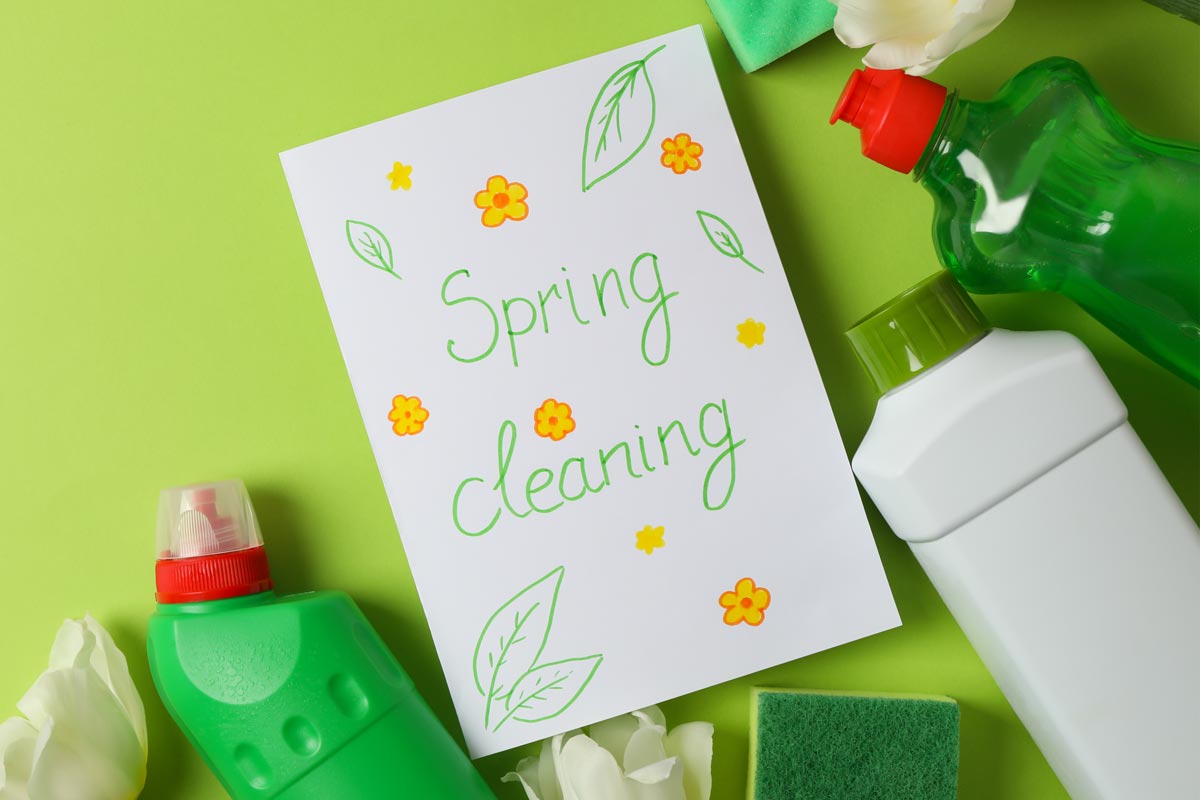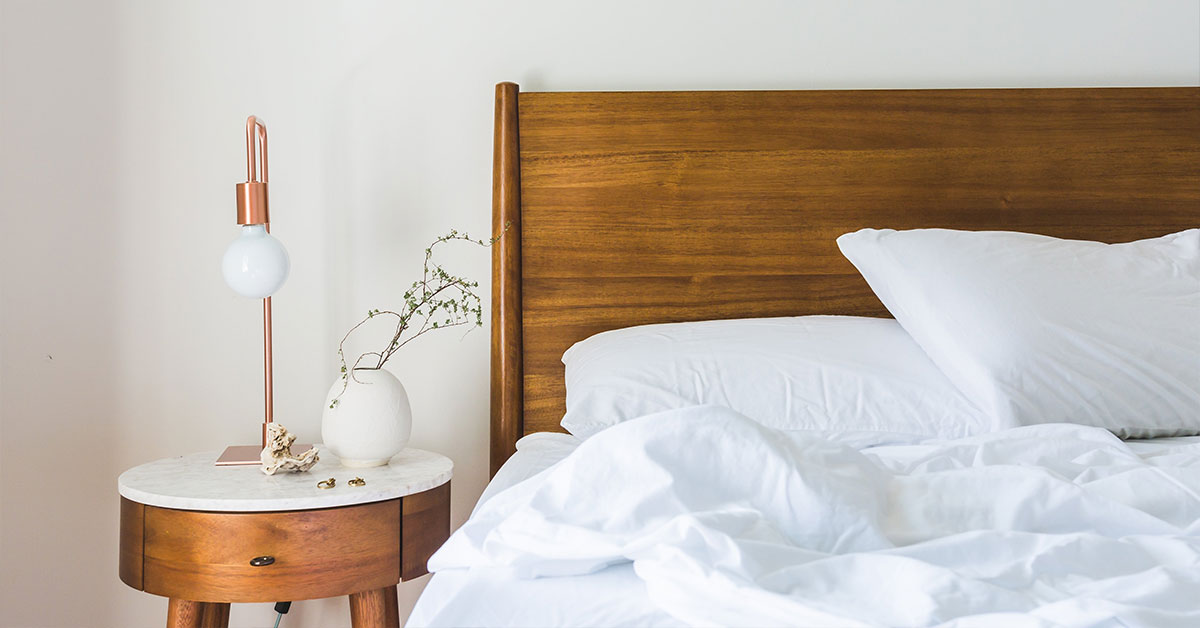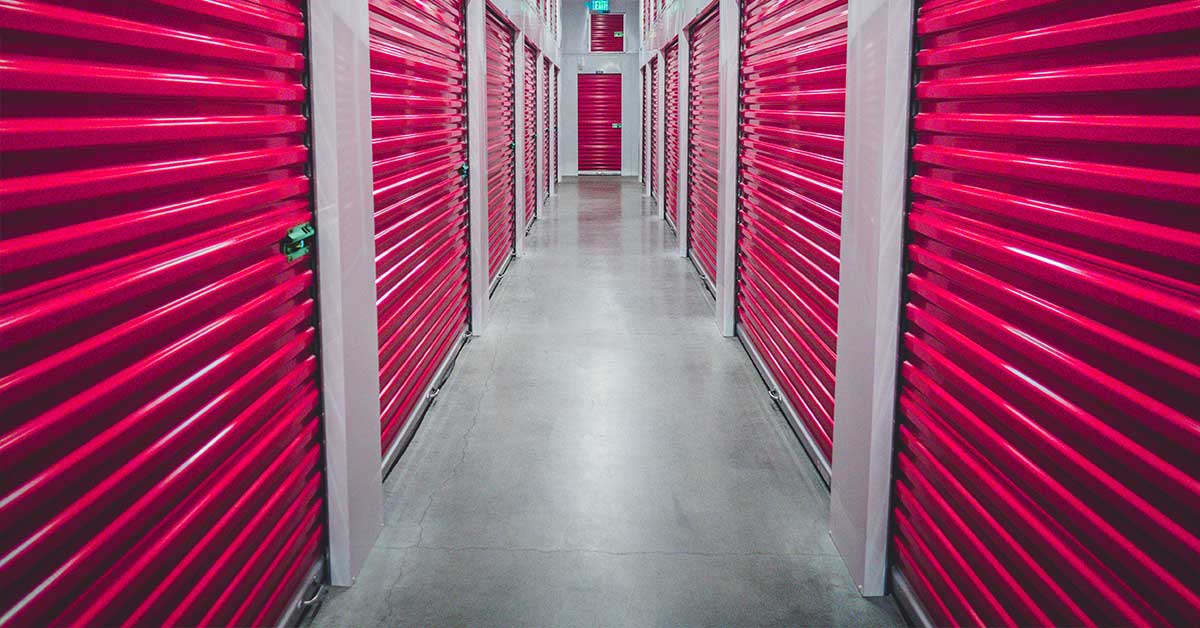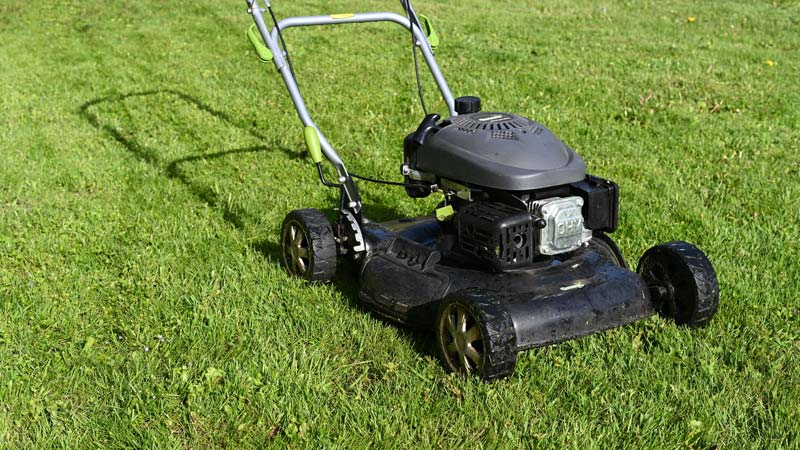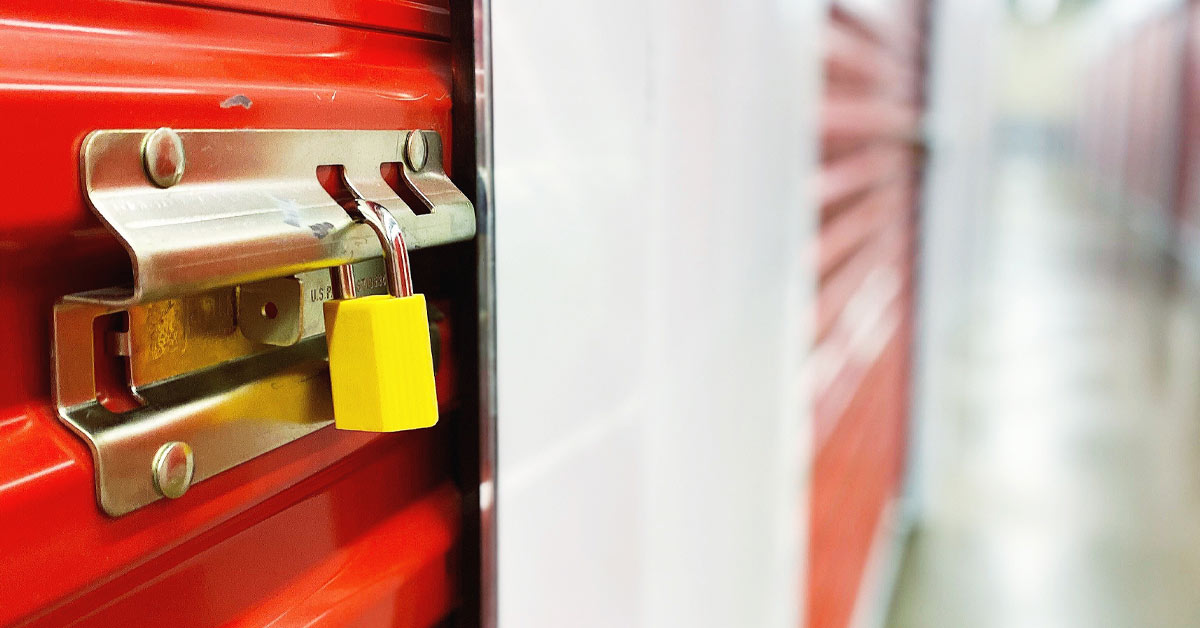When life gives you lemons, make lemonade. If you’ve been forced indoors by Coronavirus, you’ve been given the gift of time. Pair it with these spring cleaning tips, and you have what it takes to make home a place you’ll never want to leave, even after shelter-in-place orders have been lifted!
We’ve rounded up our favorite spring cleaning tips, plus a tried and true process to get you started. Whether you’re part of the 75% of people that make this an annual ritual or you’re attempting to tackle the process of spring cleaning for the first time, we hope these tips inspire you to create a home you love.
1. Start by breaking out the warm weather equipment
Isn’t it exciting to pull out these reminders of the fun to come this summer? Pull them out and hose them down.
- Grills
- Lawnmowers
- Sports equipment
- Patio furniture
2. Put away winter
Now that you’ve pulled out your warm weather equipment, you’ve made room to stow away cold weather items. Here are some things you can happily store away in a basement, attic or storage unit until next fall:
- Heavy outerwear
- Winter boots
- Snowblowers
- Shovels
- Winter sports gear
3. Switch out linens with lighter fabrics and colors
Say hello to spring indoors, too. Put away the heavy bedding, fuzzy throws and velvet pillows to help rid your home of the winter feel. Change up your curtains in favor of a lighter, sheer material to let in more light. Add some plants, mirrors and lighter wall decor to create an open, airy feel for your family and your guests. You’ll immediately feel less cluttered.
4. Switch out your wardrobe
Did you know the average person only wears 20% of the clothes in their closet on a regular basis? If you come across clothing that you haven’t worn in the last 6-12 months, it’s time to get rid of it! Consider donating these clothes to a local Goodwill.
Besides downsizing your wardrobe to make outfit decisions easier, you can take this time to pack up your fuzzy sweaters and bring out the shorts. Here’s a guide to storing winter clothing in the warmer months.
5. Skip the sentimentals
If time is limited for your spring cleaning process, we recommend skipping sentimental items until you can dedicate time to really go through them. After surveying 2,000 Americans on the stuff they store and why, we learned that sentimental connections to our belongings make the decluttering process much more difficult.
6. Dust before vacuuming
In case your mother never taught you this nugget of wisdom, we thought we’d include it in here. You stir up dust as you try to remove it and it will most likely settle on the ground. You can take care of it after dusting by vacuuming (or sweeping).
Baseboards and ceiling fans are two areas that often get neglected when it comes to dusting. They are also areas that collect a disturbing amount of dust. So don’t forget to add them to your spring cleaning list!
7. Don’t forget the windows
Over the long winter months, debris like pollen, dirt and dust can build up along your window sills. Cleaning the interior and exterior on a routine basis will not only let more light into your home but ensure that your windows easily open and close. Fresh air will also reduce allergens and germs in mattresses, even if you can’t haul them outside.
8. Even furniture can use a spring refresh
Just because you don’t see stains doesn’t mean your couch is free of dust, crumbs, dirt, animal fur or allergens. Many hardware stores, including major chains like Lowe’s and Home Depot, rent upholstery cleaning machines, which can help clean your favorite room in a matter of minutes. At the very least, be sure to vacuum upholstered surfaces.
9. Extend the lifetime of your mattress by cleaning and flipping it
Despite linens and mattress pads, mattresses are still popular places for dead skin cells, sweat and dust. First, take a vacuum over both sides of your mattress to collect any dust or debris. If it’s nice enough outside, the best remedy for your mattress is some fresh air and sunlight.
To spot clean a mattress, mix the following ingredients in a spray bottle:
- 16 oz. hydrogen peroxide
- 2 tablespoons baking soda
- 2 drops of dish soap
- Soak the stained area with the mixture, and let it sit for 30-60 minutes before pressing it off with a clean towel. This solution has been magical for my children’s mattresses!
While you’re flipping your mattress, do yourself a favor and leave it on the opposite side. Over time, pressure leads to irregular wear. Flipping it twice a year can help keep it in tip-top shape while also making sure it’s clean.
10. Wipe down lightbulbs
It may seem like overkill, but it’s really so simple to do. Dirty light bulbs emit 20 percent less light than clean ones. Brighten up your home by giving your lightbulbs a wipe with a damp microfiber cloth. I bet it will take you only five minutes to wipe each bulb in your home. Need to keep a kid busy during quarantine? This is an easy job for any kid elementary-age and up!
11. Use salt and grapefruit to remove grime from showers and tubs
The grit of the salt plus the acid of the grapefruit cut down on elbow grease needed. It’ll also give your bathroom that extra boost of freshness that is usually only obtained with heavily scented candles and not-so-friendly cleaning products.

